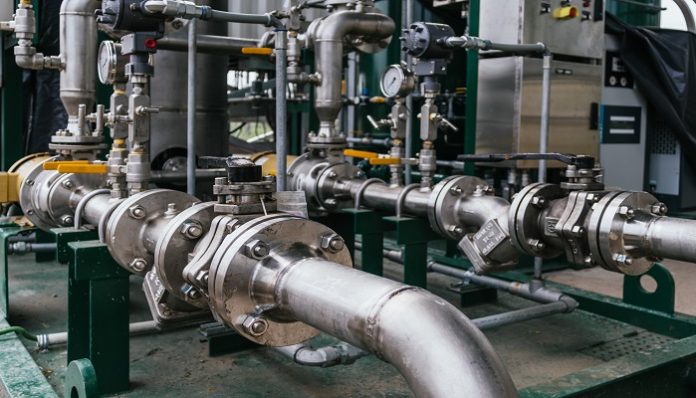Table of Contents
Introduction
When it comes to regulating the flow of liquids, gases, and other fluids, industrial valves are the quiet workers who deserve more credit. These devices serve a crucial role in controlling operations, assuring safety, and preserving efficiency in a wide variety of industrial settings, from water treatment facilities to oil refineries. The future of industrial valves is being reshaped by new technologies, and we’ll take a look at those developments and more in this article.
Categories and Uses
There is a broad variety of industrial valves available, each one optimised for a particular task. There are many different kinds of valves, including globe valves, gate valves, ball valves, butterfly valves, and check valves. Valve applications range from oil and gas to petrochemicals to water treatment to the pharmaceutical industry and beyond.
For shut-off applications, ball valves are essential in industries such as the oil and gas industry because of their speed and reliability. DBV valves However, butterfly valves are widely used in HVAC systems because of their inexpensive cost and high efficiency in controlling massive airflows.
Problems and Time-Tested Approaches
Leakage, high maintenance costs, and inefficiency are just a few of the problems that the industrial valve sector has had to deal with over the years. Common causes of operational downtime and financial losses associated with the use of traditional valves include wear and tear. However, technological progress is opening the door to novel approaches.
Advanced Materials
The increasing use of high-tech materials in valve construction is an interesting development. Steel and cast iron were the traditional materials of choice for making valves. Ceramics and high-performance polymers are only two examples of the modern materials made possible by advances in materials science. Industrial valves may be kept in service for much longer because to the increased durability afforded by these materials’ resistance to corrosion, wear, and high temperatures.
Intelligent Valves
Industry 4.0 has had an impact on the valve business as well. The invention of “smart valves” may be attributed to the combination of sensors, actuators, and network capabilities. The pressure, temperature, and flow rates may all be monitored in real time with the help of these valves.dbaovalve.com Predictive maintenance, shorter downtimes, and more efficient operations are all possible thanks to this information.
Simulation and its Digital Twin
Industrial valves are seeing a surge in popularity as a result of the widespread use of digital twin technology. A digital twin is an electronic copy of a real object, such as a valve, that may be used for simulation and analysis. These digital twins allow engineers to improve valve performance, simulate a variety of operating scenarios, and spot problems before they occur.
Automation and Control
Industrial automation is a game-changer because it streamlines operations while decreasing the need for human interaction. More and more industrial valves are being fitted with automated control systems. These controls may govern valve operation based on predetermined criteria, reducing the potential for human mistake while maximising precision. Safety and productivity are both improved by automated valves because they can react to external signals and changes in the environment.
Valves for Hygiene and Sanitation
When working in the food and beverage, pharmaceutical, or biotechnology sectors, sanitation and hygiene are of the utmost importance. Improvements in valve technology have allowed for the creation of sanitary and hygienic models. Because of this, these valves have been made with smooth surfaces and little crevices. They can be quickly taken apart to be cleaned, which helps them adhere to the industry’s stringent standards.
Conclusion
Technological developments and novel ways to design and manufacture are reshaping industrial valves. Materials science, digitization, automation, and smart technologies are ushering out the traditional valve. Industries and the valves that power their operations both undergo constant change. Improved industrial valves are on the horizon, which will lead to safer and more productive operations in a variety of fields.










